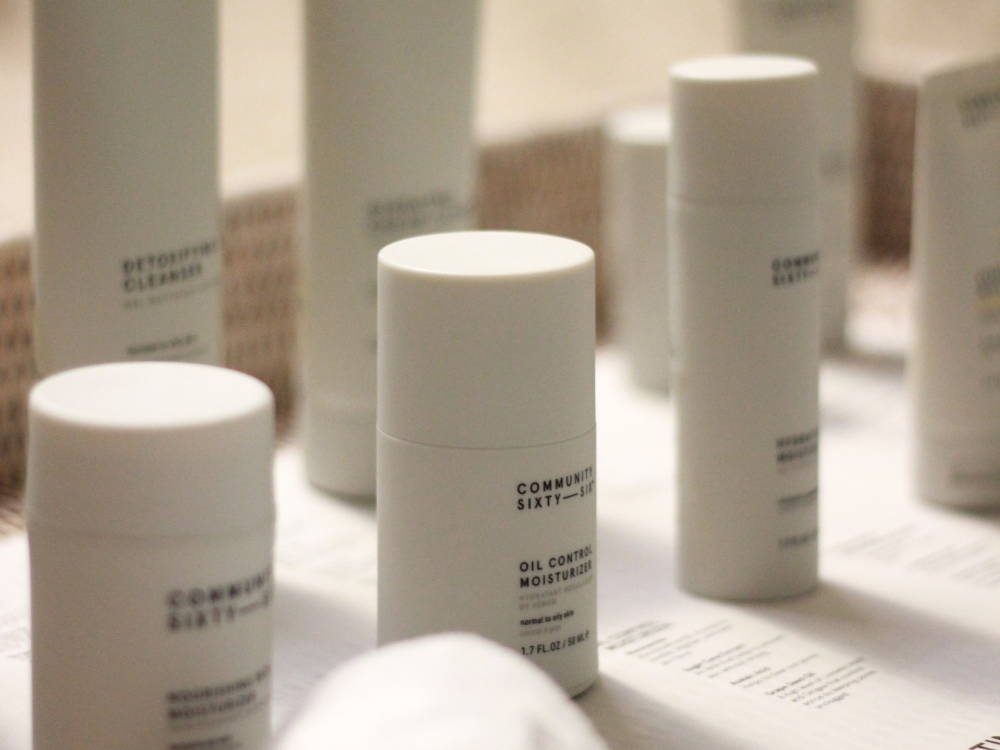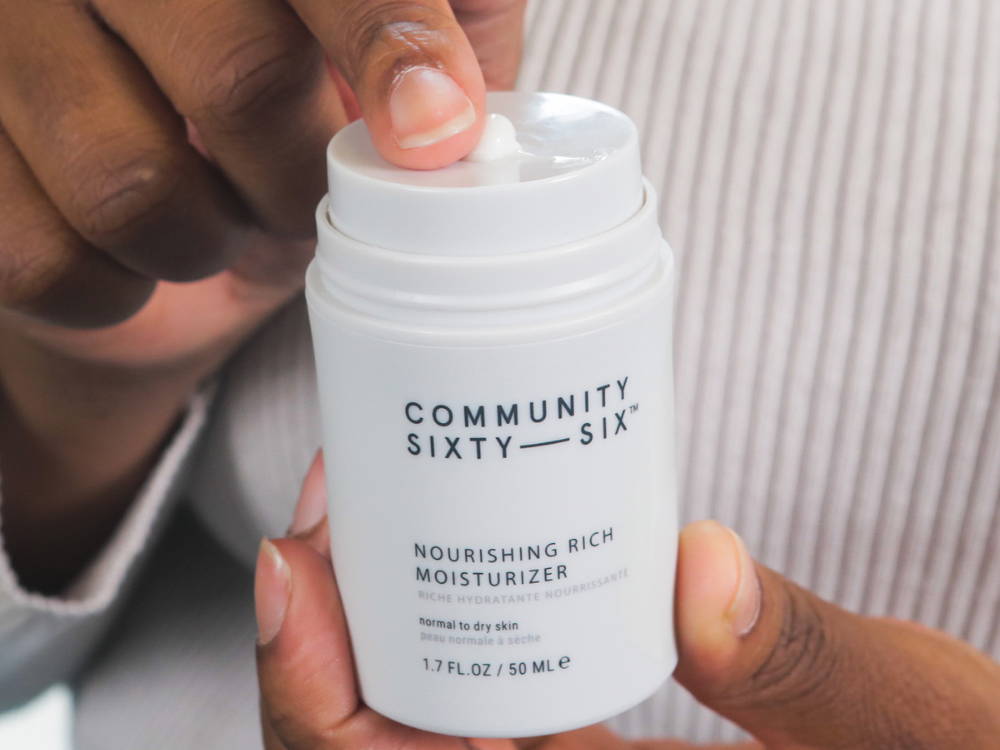Skin Types vs. Conditions
It is common to mix up skin types and conditions as some of them may appear very similar. There are thousands of products out there for all different skin types and conditions which can get confusing, so knowing your skin will be super helpful in your routine.
Skin is the largest organ in the human body, and everyone is different. However, broadly speaking there are some main skin types within the industry; oily, dry and combination are the most common. There are many factors that determine your skin type from lifestyle to genetics so discovering your skin type takes time.
So diving straight in, what is oily skin?

People who have oily skin may have a shinier appearance to their skin and other areas including the neck and shoulders. Oily skin is due to the over production of oil within pores so they can become clogged easily. With this skin type you can tend to feel greasy throughout the day and feel the need to blot, which can become frustrating for many. Breakouts are also more common with oily skin as the build up of sebum in your pores causes blemishes, blackheads, and whiteheads to appear. However, oily skin brings higher hydration and elasticity within the skin meaning fine lines and wrinkles are less visible.
Some top tips for oily skin:
Moisturize- Opt for an oil free moisturizer which is lightweight and keeps your skin hydrated. Moisturizing is important for any skin type.
Exfoliation- Toning and exfoliating are a must for oily skin! Keeping your pores clean is essential for the reduction of breakouts and washing away excess oil. Be gentle to avoid stripping your skins natural moisture.
Salicylic Acid- This is the holy grail ingredient for you! Salicylic acid gently removes dead skin cells, excess oil, and dirt build-up.

What is dry skin?
Dry skin is the opposite of oily skin in the sense that the production of sebum is limited which makes the skin feel tight and stretched. The skin texture can be flaky and scaly and can be found in numerous areas such as the face, knees, and elbows. Dry skin can feel itchy and may lead to redness and the lack of sebum can make the skin look dull. However with the lack of oil, pores on the skin are less visible.
Some top tips for dry skin:
Avoid hot showers- hot water can strip your skin of its natural moisture
Increase your water intake- drink lots of water as your skin can feel drier when you are dehydrated.
Hyaluronic acid- This ingredient is your new best friend! For ultimate results use when your skin is damp.
What is combination skin?
Typically with combination skin your t-zone including your forehead, nose and chin tends to be oily, whereas your cheeks and lips can be drier. Combination skin can be difficult to manage because of the inconsistency so finding the right products and ingredients that work for you can be time consuming.
Some top tips for combination skin:
Exfoliate and tone- To maintain skin clarity, exfoliate with a gentle exfoliant and tone. This will
Avoid products with fragrance or alcohol- Any product that includes harsh ingredients like fragrance or alcohol can irritate both dry and oily skin. Dry areas may become drier, while oily parts may produce more oil, potentially leading to breakouts.

So now we know the skin types, what is a skin condition?
A skin condition is a specific problem that you are having with your skin. They can be temporary and can usually be treated but not always cured. Often you can get treatments for conditions from a GP or dermatologist, but some can be treated by a skincare professional.
Skin conditions are often linked to irritation, clogged pores or inflammation caused by an infection or immune disorder. Typical symptoms include rashes, redness, itchiness, and skin growths. The symptoms can be very uncomfortable and may affect your appearance too.
The most common skin conditions in the UK are eczema, acne, warts, contact dermatitis and psoriasis. Approximately 20% of children is affected by eczema and about 50% of teenagers have acne, while psoriasis affects about 1.5% of the British population. Skin cancer is also the most common form of cancer in the UK. So skin conditions mainly begin from the inside or as an infection.
It is a common misconception that sensitive skin is a skin type, however, is more of a condition as it requires specific products which contain specialist ingredients. Sensitive skin can cause itching, burning and redness which can become uncomfortable so it some cases needs special care from professionals.
The difference between skin types and skin conditions is that skin types are treated with skincare routines and products whereas skin conditions need extra help from dermatologists and specialist products!
Simplicity matters as much as the habit itself. The simpler the routine, the more likely we are to stick to it. What is your best habit? Follow us on Facebook and Instagram @communitysixtysix to join our community, so we can create healthy habits, together.
Your Daily Routine with Community Sixty-Six
Step 1: Cleanse your face
You need the right cleanser for your skin type - head over to our product page if you're unsure which cleanser is right for you.
Step 2: Moisturize
Pair our C66 moisturizer with your cleanser - head over to our product page if you're unsure which moisturizer is right for you.
Step 3: Protect + Prevent
The last step for achieving healthy skin. Protect it from the sun with our SPF 30, and prevent fine lines with our Hydrating Eye Cream.
